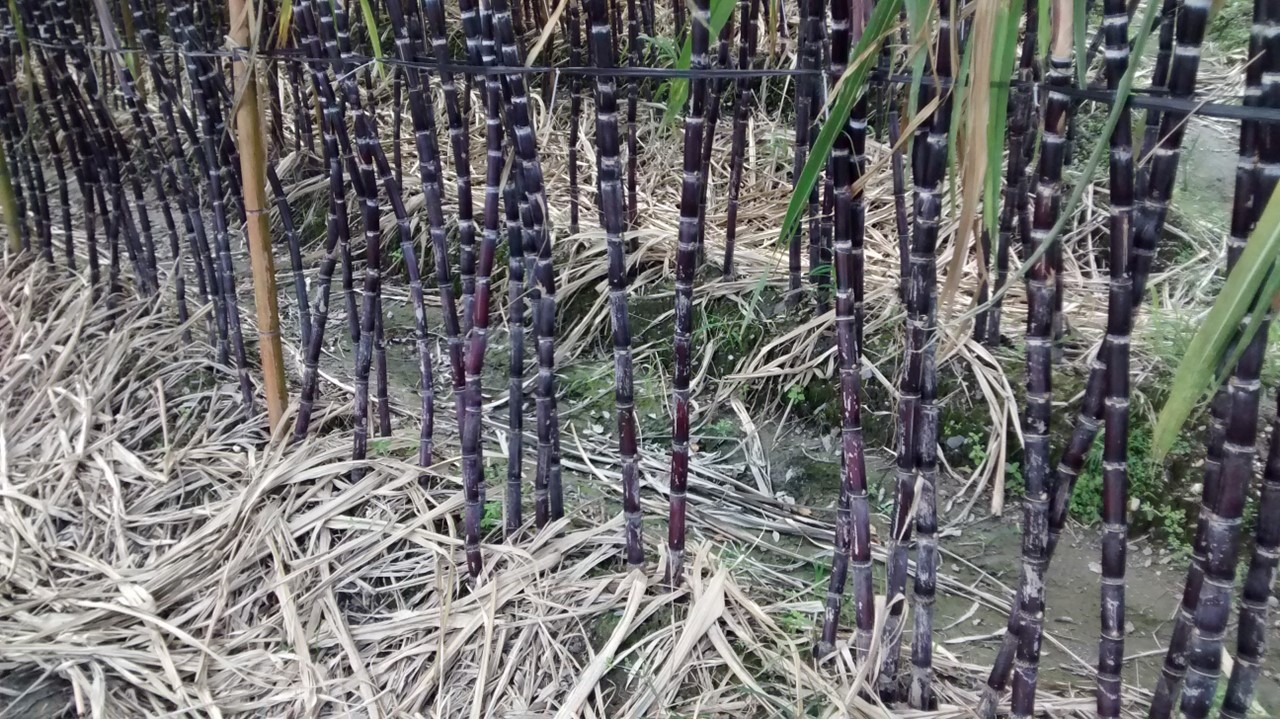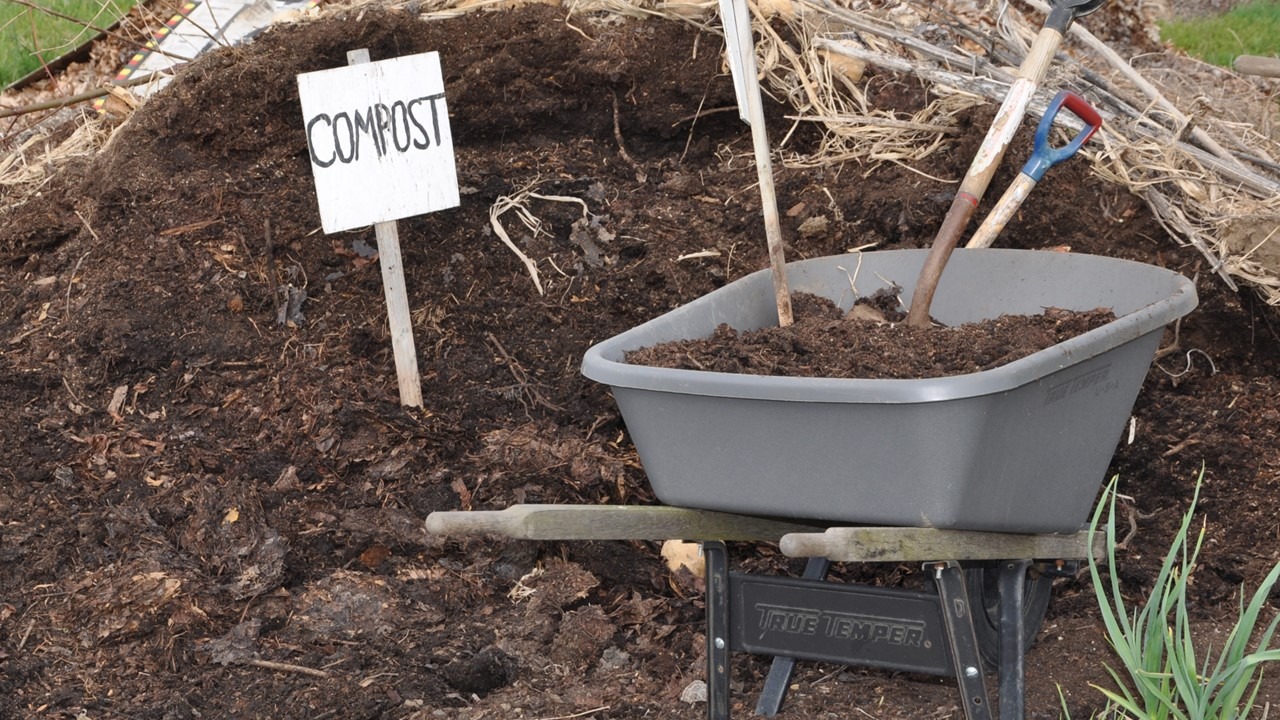What are biodegradable plastics? Differences between bioplastic and biodegradable plastics
According to OECD, the surge in plastic consumption, quadrupling over the last three decades, has been notably driven by emerging markets, causing global plastics production to double from 2000 to 2019, reaching a staggering 460 million tons. The escalating production is mirrored by a stark increase in plastic waste generation, which more than doubled from 2000 to 2019, hitting 353 million tons. A significant portion of this waste, nearly two-thirds, originates from plastics with lifetimes of under five years, with packaging, consumer goods, and clothing/textiles. An alarming statistic reveal that a mere 9% of plastic waste is recycled, with a substantial 19% being incinerated, 50% ending up in landfills, and 22% escaping waste management systems, polluting terrestrial and aquatic environments. In 2019 alone, 6.1 million tonnes of plastic waste infiltrated aquatic environments, with 1.7 million tons flowing into oceans.

Amid concerns, bioplastics emerged as a potential solution, with bio-based biodegradable variants gaining popularity. However, misconceptions about their biodegradability and challenges related to specific composting conditions have led to significant environmental consequences, contributing to the urgent need for effective waste management policies and consumer education. This article will help you differentiate the production methods, and characterization for potential utilization of both bioplastics and biodegradable plastics.
What are biodegradable plastics?

Biodegradable plastics are becoming more and more common. They are made to disintegrate into water, carbon dioxide, and biomass when exposed to living things, especially bacteria. These plastics are frequently made from petrochemicals, microbes, renewable raw resources, or a mix of these. It’s important to understand that “bioplastic” and “biodegradable plastic” are not same phrases. It’s noteworthy to note that not all biodegradable plastics are made from biomass; in fact, some biodegradable plastics are made wholly of petroleum.
However, there is continuous discussion on the precise meaning of bioplastics, as the word is frequently employed to refer to a wide variety of goods that could be biobased, biodegradable, or both. This lack of clarity is concerning because it may classify oil-based polymers as “bioplastics” even though they have no biological components at all. Some people continue to be skeptical, questioning the degree to which bioplastics can actually address environmental challenges as predicted.
What are compostable plastics?

Compostable plastics fall into two different categories: home compostable and industrial compostable. Industrially compostable plastics are designed to break down under carefully regulated circumstances in industrial anaerobic digestion or composting facilities, usually after a composting stage. The degrading processes that these plastics go through are tailored to the particular conditions present in large-scale composting plants. Conversely, home compostable plastics are made to particularly break down in properly maintained home composters, even at temperatures lower than those seen in commercial composting facilities. Surprisingly, a large number of home compostable plastics also seem to be compatible with commercial composting methods, providing a wide range of waste management choices. The differences between these two kinds of plastic that biodegrade accommodate various waste management situations and offer eco-friendly options for both residential and commercial environments.
The differences between biodegradable plastics and bioplastics
– Biodegradable plastic
Biodegradable plastics, in contrast, pertain to petroleum-based plastics augmented with additives to expedite their breakdown. The term “biodegradable” is frequently employed, leading to ambiguity as it is sometimes interchanged with “bioplastics,” despite their distinct chemical compositions. Some governments and nations have enacted labeling rules in an effort to resolve this confusion and create more distinct differences between the two. By making sure that customers are informed accurately about the material’s characteristics, these laws hope to avoid the misunderstanding that biodegradable plastics are the same as bioplastics. These actions support a better knowledge of the environmental features and repercussions linked to these different types of plastics by highlighting chemical differences and promoting clear labeling.
– Bio-plastic
Bioplastics are plastics made from organic materials such as corn starch, and often made up of polylactic acid (PLA). PLA has properties similar to polypropylene (PP) and looks just like ordinary plastic. The allure of bioplastics lies in their potential to break down in a matter of weeks without releasing harmful chemicals into the soil and water. However, the notion of allowing bioplastics to decompose in a landfill is cautioned against. Similar to other organic materials, the decomposition of PLA yields methane gas, a greenhouse gas significantly more potent than carbon dioxide. To ensure the environmentally friendly breakdown of PLA-based bioplastics, it is recommended to transport them to commercial composting facilities where controlled microbial environments facilitate efficient decomposition without contributing to harmful emissions. This underscores the importance of responsible waste management practices to fully realize the environmental benefits of bioplastics.
– Oxo-plastic
Oxo-biodegradation is a plastic degradation process that leverages oxidation to decrease the molecular weight of plastic, making it susceptible to bacterial and fungal decomposition. The primary process is modifying the molecular structure to expedite decomposition in the presence of sunlight, therefore enabling microorganisms to ingest and decompose the substance. Oxo-biodegradable plastics, commonly composed of polymers like polyethylene (PE) or polypropylene (PP), often in the form of a manganese or iron salt. Initially, the presence of polymer stabilizers prevents degradation, ensuring a prolonged storage and service life for the plastic. However, once these stabilizers are depleted, oxo-biodegradation is triggered, initiating the process of breaking down the plastic material.
Identifying compostable plastic products

Compostable plastics may be distinguished using two official techniques. First, buyers may search for the Biodegradable items Institute (BPI) certification label, which is issued by the organization and certifies items as suitable for composting in commercial composting facilities. The material’s compostability is guaranteed by the presence of this label. As an alternative, people might depend on symbols for plastic recycling. Generally speaking, compostable plastics belong in the catch-all category denoted by the number 7. The letters PLA are included beneath the insignia, which makes it stand out. Understanding this sign and letter combination makes it easier for customers looking to make ecologically beneficial decisions to discern between biodegradable and normal plastics.
– Here are 5 compostable alternatives for everyday items:
Compostable Take-Out Containers:
These containers, often made from materials like sugarcane or cornstarch, are designed to break down in composting conditions. They reduce single-use plastic waste and can be disposed of along with food scraps, promoting a more sustainable alternative to traditional take-out packaging.
Compostable Bags:
Compostable bags, made from materials like PLA (polylactic acid), offer a green alternative to traditional plastic bags. They are designed to break down in composting facilities, reducing the environmental impact associated with single-use plastic bags.
Compostable Cutlery:
Cutlery made from compostable materials, such as PLA or CPLA (crystallized polylactic acid), provides a sustainable option for single-use utensils. After use, they can be composted along with food waste, minimizing the need for conventional plastic cutlery.
Compostable Cups:
Cups made from compostable materials, often derived from plants like corn, offer an eco-friendly solution for disposable drinkware. These cups can be composted in industrial composting facilities, reducing the environmental impact associated with traditional plastic cups.
Compostable Straws:
Straws made from compostable materials, such as PLA or paper, offer an environmentally friendly option compared to conventional plastic straws. They can be composted, addressing the concerns related to plastic straw pollution.
Pros and cons of biodegradable plastics
– Pros of biodegradable plastics
Easy Recycling:
Biodegradable plastics are not only quick to decompose but can also be easily recycled through organic processes. They are non-toxic, containing no harmful chemicals or toxins. Recycling reduces landfill issues, and the recycled bio-waste can be repurposed as compost or renewable energy for biogas, contributing to sustainable waste management.
Lower Energy Consumption in Manufacturing:
Despite requiring more initial investment, the production of biodegradable plastics is energy-efficient. In comparison to traditional plastics, manufacturing processes for biodegradable plastics consume less energy. For example, corn-based polymers use 65% less energy than their petroleum-based counterparts, reducing reliance on fossil fuels and cutting down greenhouse gas emissions by 68%.
Waste Reduction:
Biodegradable plastics break down in a matter of months, minimizing the volume of waste. In contrast, traditional plastics constitute a significant portion of the waste stream, with only a small percentage being recyclable. Biodegradable plastics can be easily absorbed by the soil or converted into compost, offering a sustainable solution for waste reduction and disposal.
Lower Petroleum Consumption:
Traditional plastics heavily rely on petroleum, a non-renewable resource with environmental drawbacks during extraction and refinement. Biodegradable plastics, derived from natural materials, significantly reduce the consumption of petroleum, contributing to the conservation of this valuable resource and mitigating associated environmental impacts.
Compostability and Soil Enhancement:
The composting of biodegradable plastic products contributes to soil fertility. As these plastics are made from natural materials, their decomposition enriches the soil, improving water and nutrient retention. This enhancement benefits plant growth, fostering healthier plants without the need for pesticides or chemical fertilizers, promoting sustainable and eco-friendly agricultural practices.
– Cons of biodegradable plastics
Engineering Problems:
Biodegradable plastics, derived from crops like soybeans and corn, carry the risk of contamination due to pesticide use during cultivation. This can lead to the transfer of pesticides into the end product, posing potential health and environmental concerns.
Need for Costly Equipment:
The processing and recycling of biodegradable plastics require expensive industrial equipment and composters, especially those designed for high industrial-scale temperatures. The associated costs and the availability of such equipment can pose challenges to widespread adoption.
Risk of Contamination Due to Confusion:
Distinguishing between biodegradable and non-biodegradable plastics is crucial to their proper disposal. However, the lack of awareness among the general population about how to differentiate between the two may result in contamination. Once contaminated, biodegradable plastics become challenging to recycle, contributing to increased waste volumes.
Methane Production in Landfills:
Some biodegradable plastics generate methane during decomposition in landfills. Given that methane is 84 times more potent than carbon dioxide in terms of heat absorption, this poses a significant environmental concern and can contribute to climate change.
Limited Impact on Ocean Pollution:
Biodegradable plastics, surprisingly, do not effectively address ocean pollution issues. These plastics struggle to decompose in cold ocean waters, leading to either floating on the surface or breaking down into microplastics. This inability to address ocean pollution undermines the efficacy of biodegradable plastics in solving all aspects of environmental pollution.
Do compostable or biodegradable plastics reduce plastic waste pollution?
While useful in some situations, using compostable and biodegradable plastics is not a stand-alone solution to the plastic pollution problem. A multidimensional strategy is needed to address this complicated issue, with a focus on the reduction and reuse of plastic as well as the shift to a circular economy. It is important to remember that goods classified as compostable or biodegradable do not absolve them from harming the environment if they end up as trash. All plastics, including those that are compostable and biodegradable, must be collected using efficient waste management methods in order to ensure adequate recovery and avoid contaminating the environment. The item should not enter natural ecosystems and should remain part of the recycling cycle.
Why using biodegradable plastic is important to us?

The main point is pretty clear: using biodegradable and compostable plastics should be done strategically, with an emphasis on creating value, matching product usage, and successfully integrating with recovery systems. It is insufficient to alleviate the problem of plastic pollution by relying just on these resources. Companies that produce plastic, as well as consumers, need to give priority to tried-and-true tactics like decreasing and reusing plastic if they want to effectively solve the issue. We can all work together to promote a more responsible and sustainable approach to waste management and plastic use by concentrating on these well-established principles.












